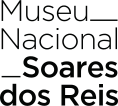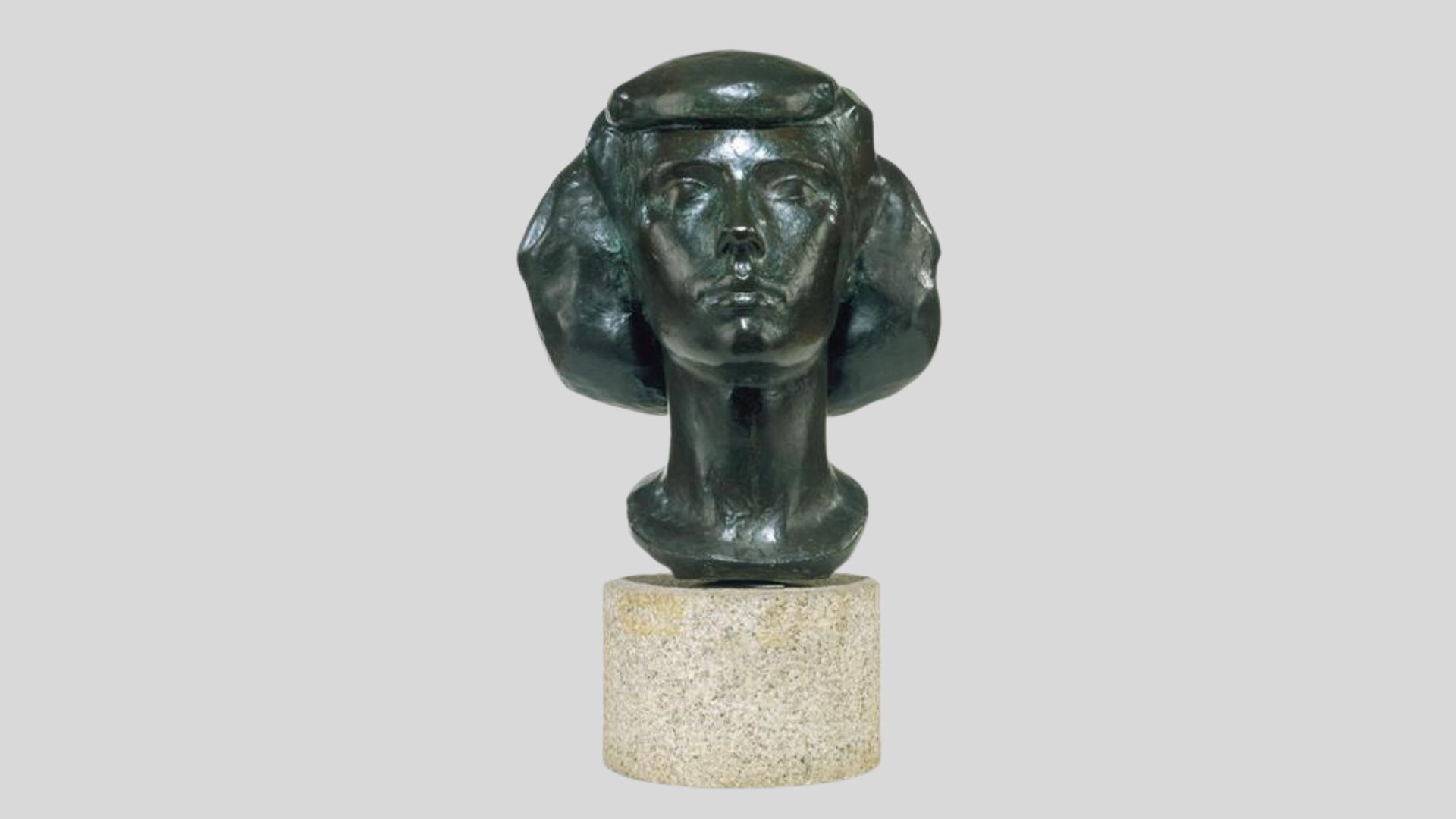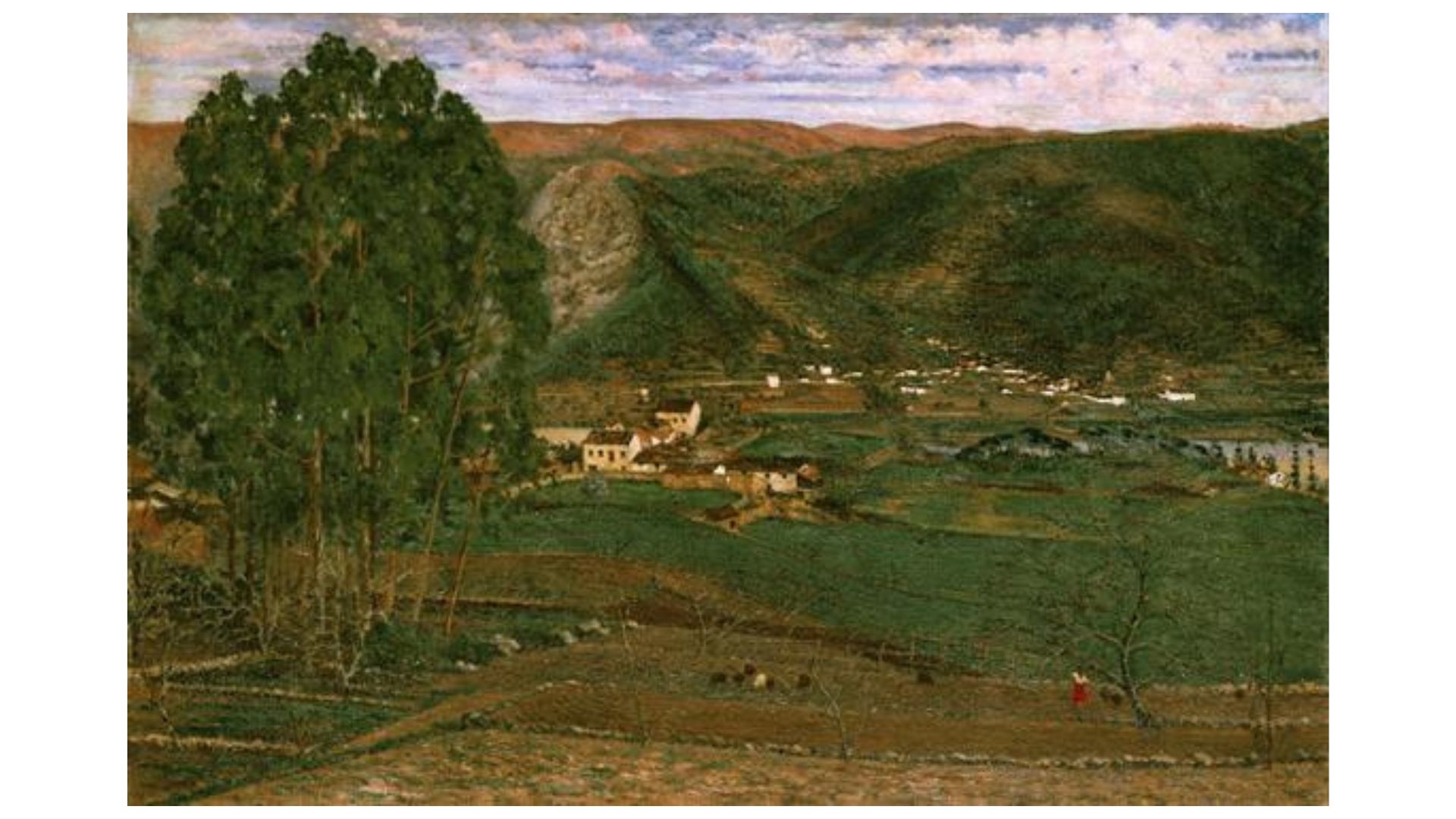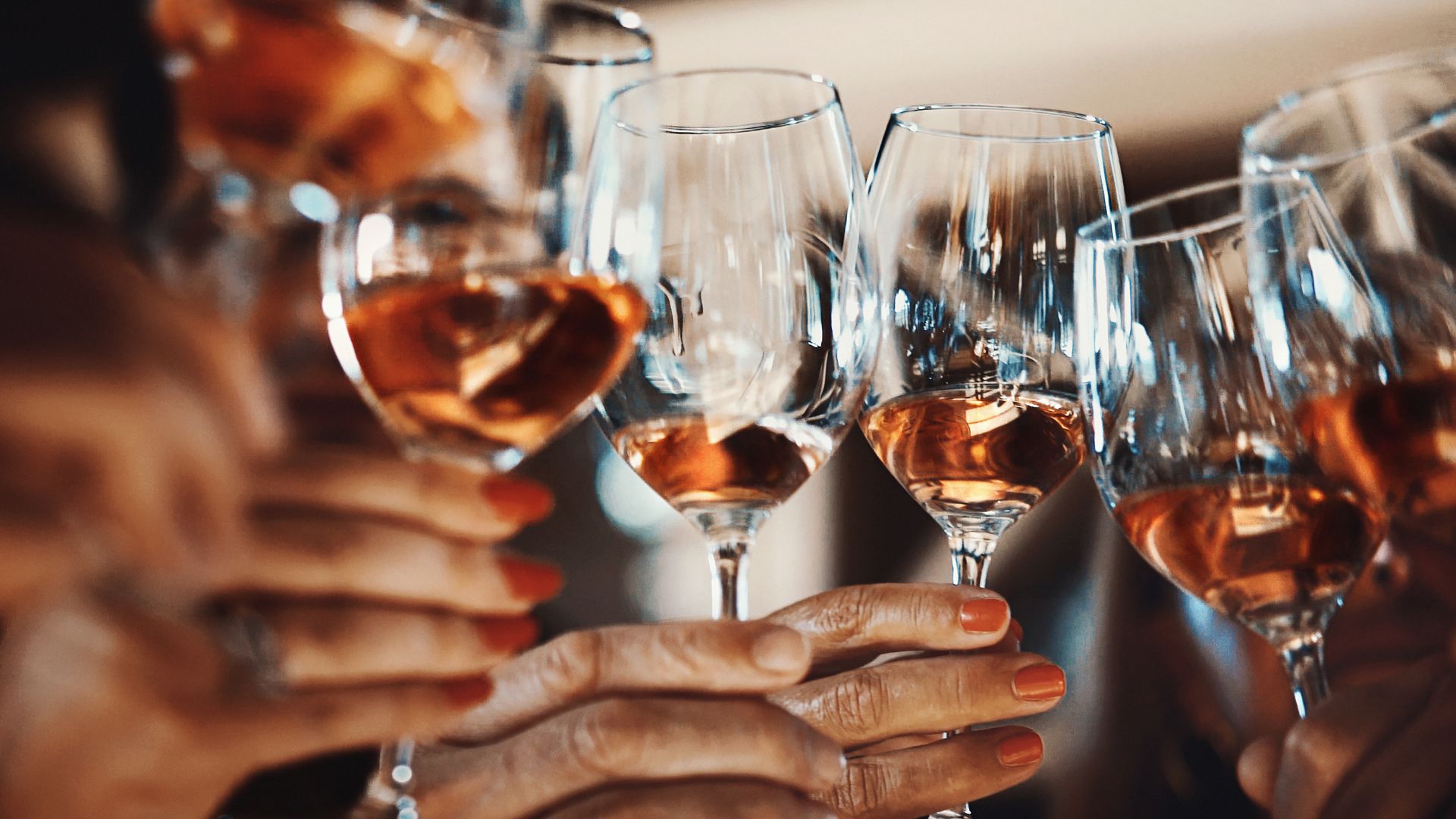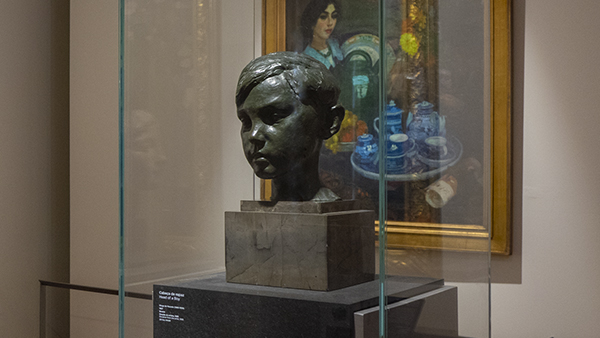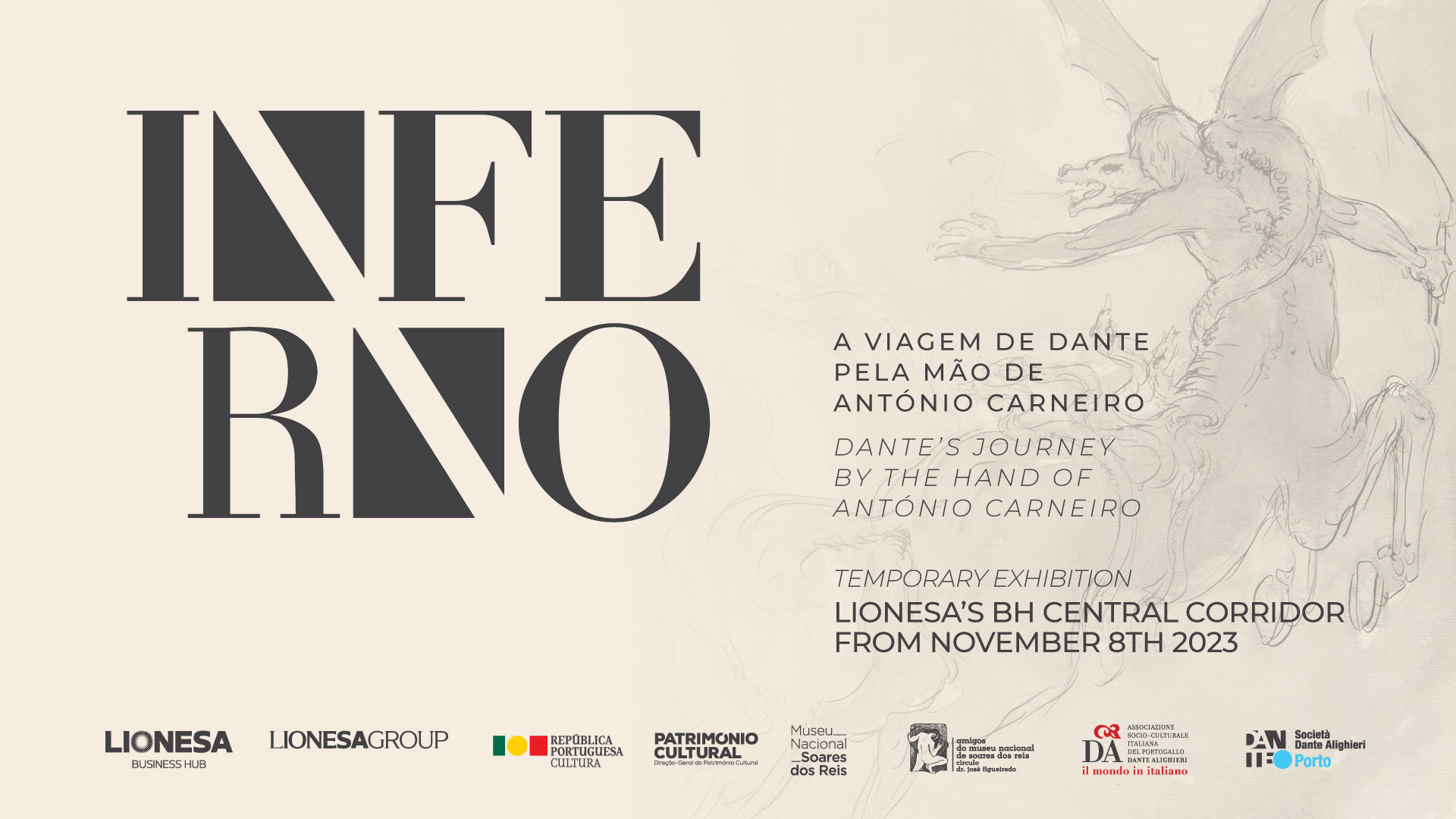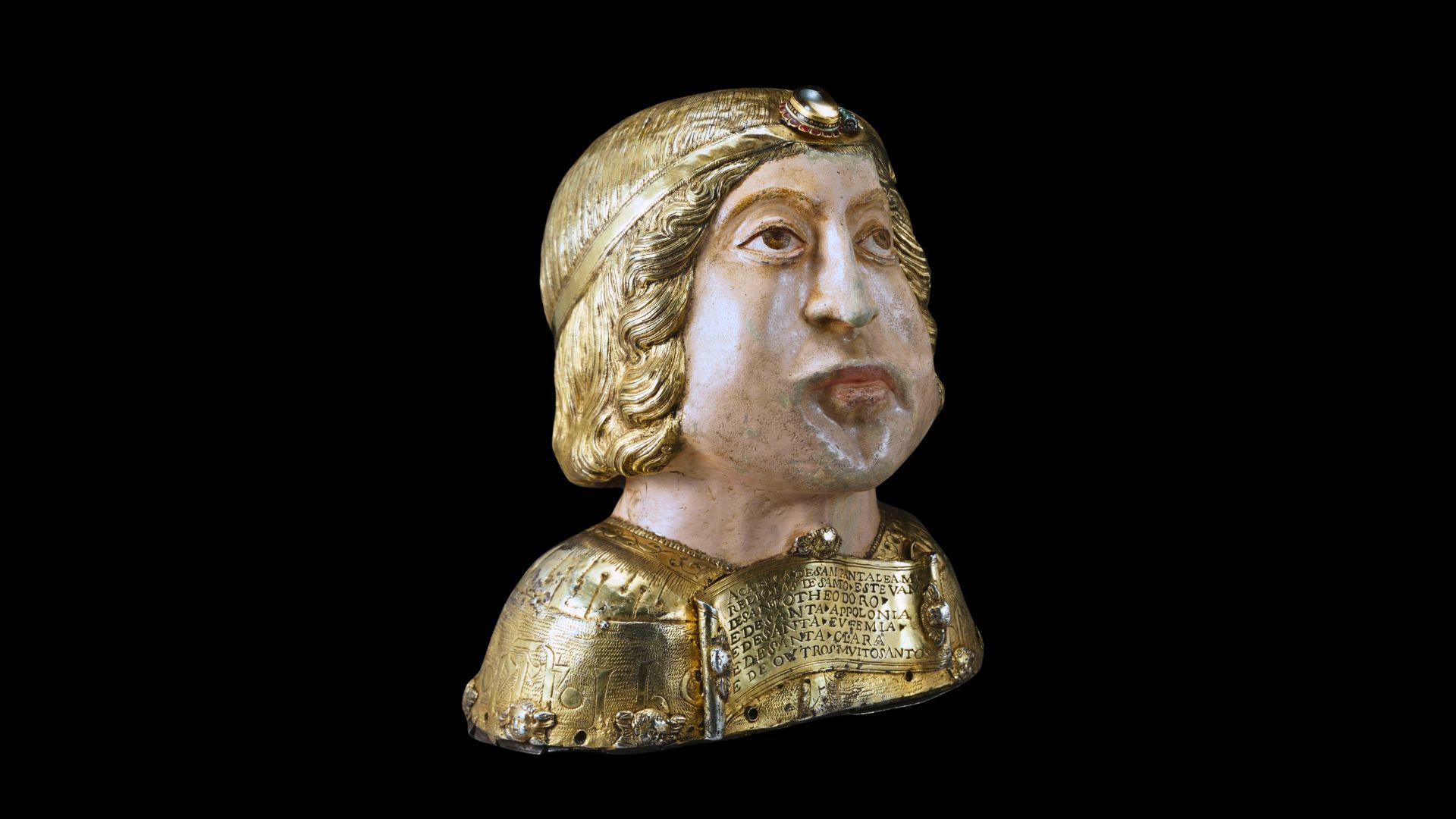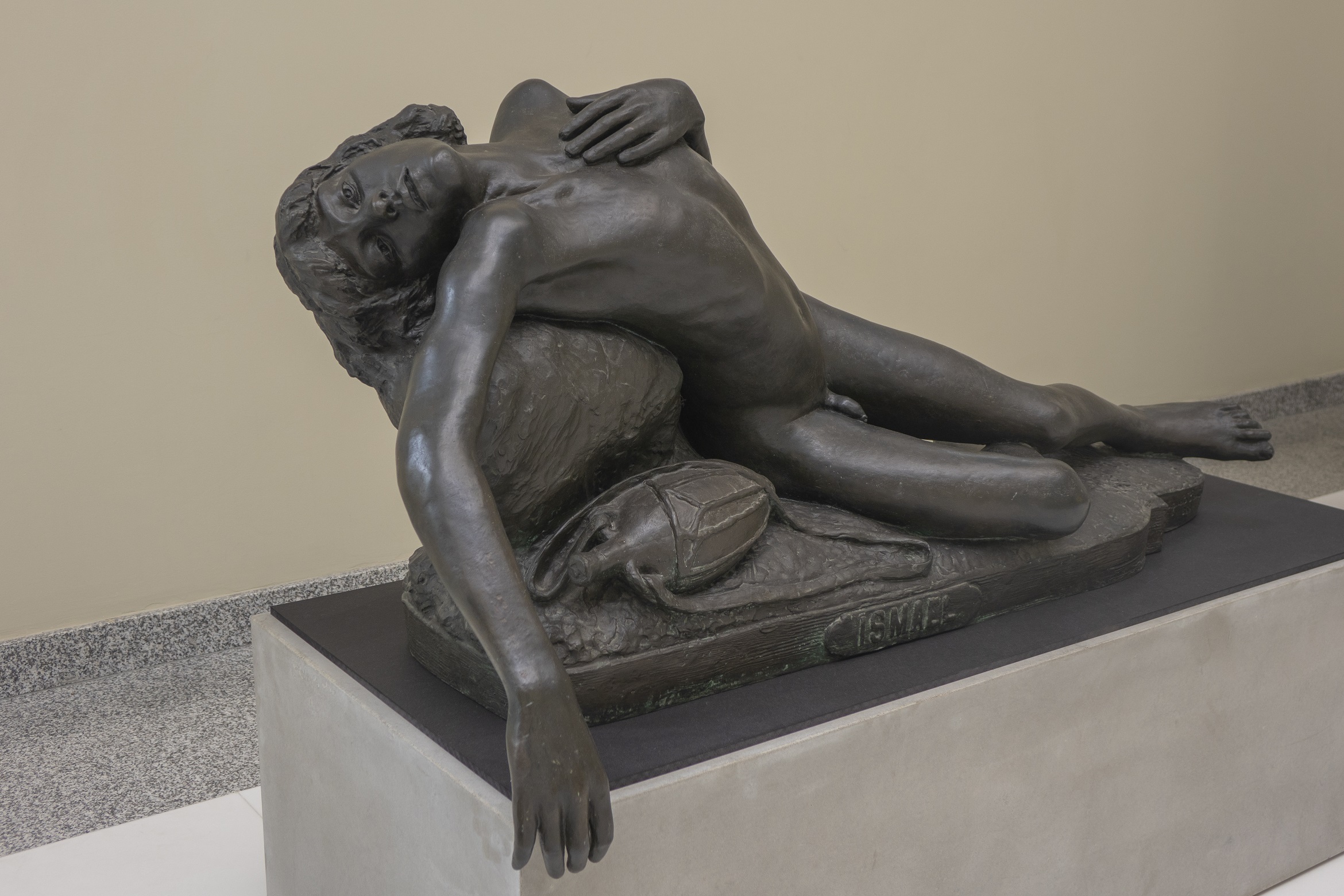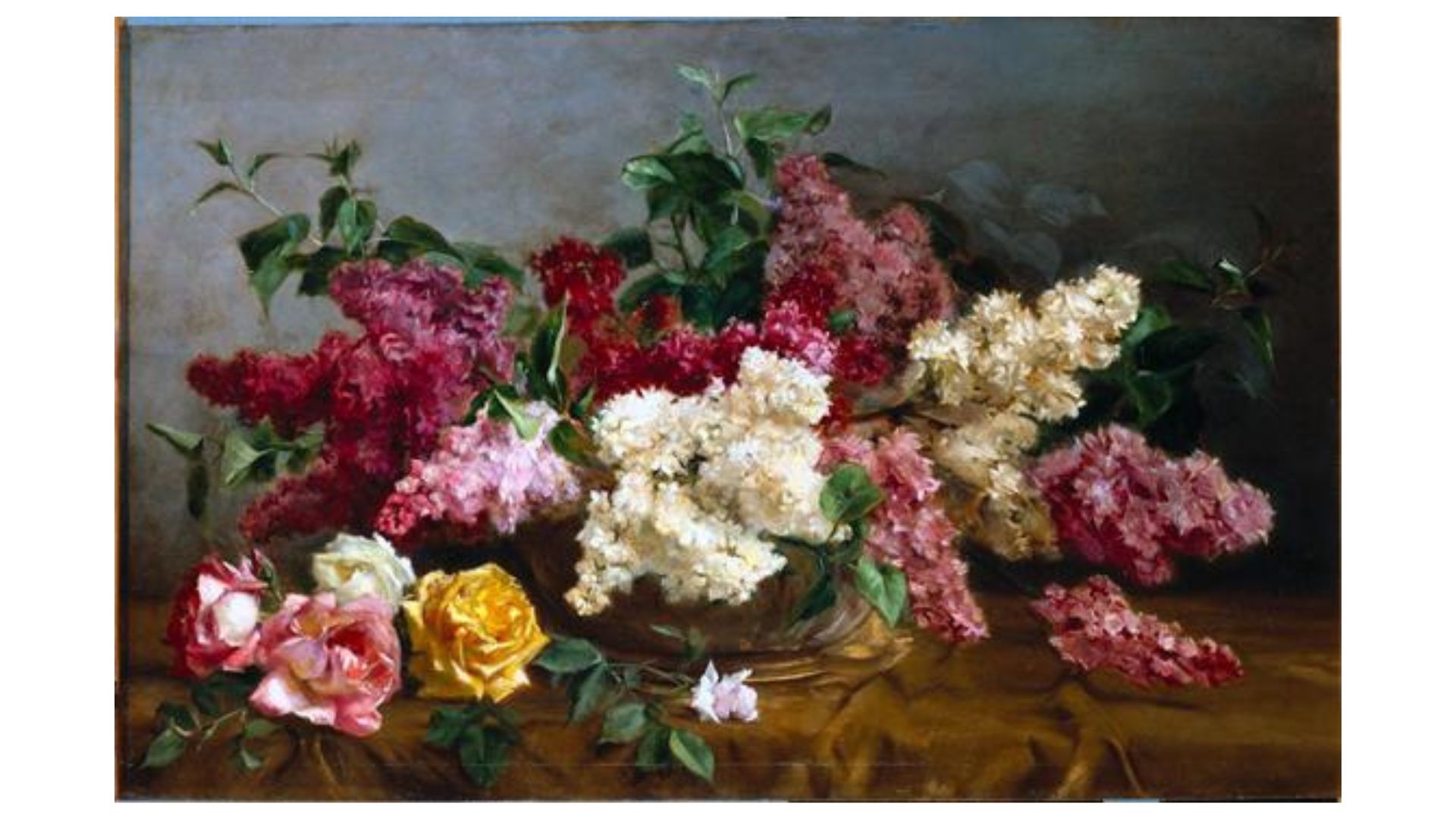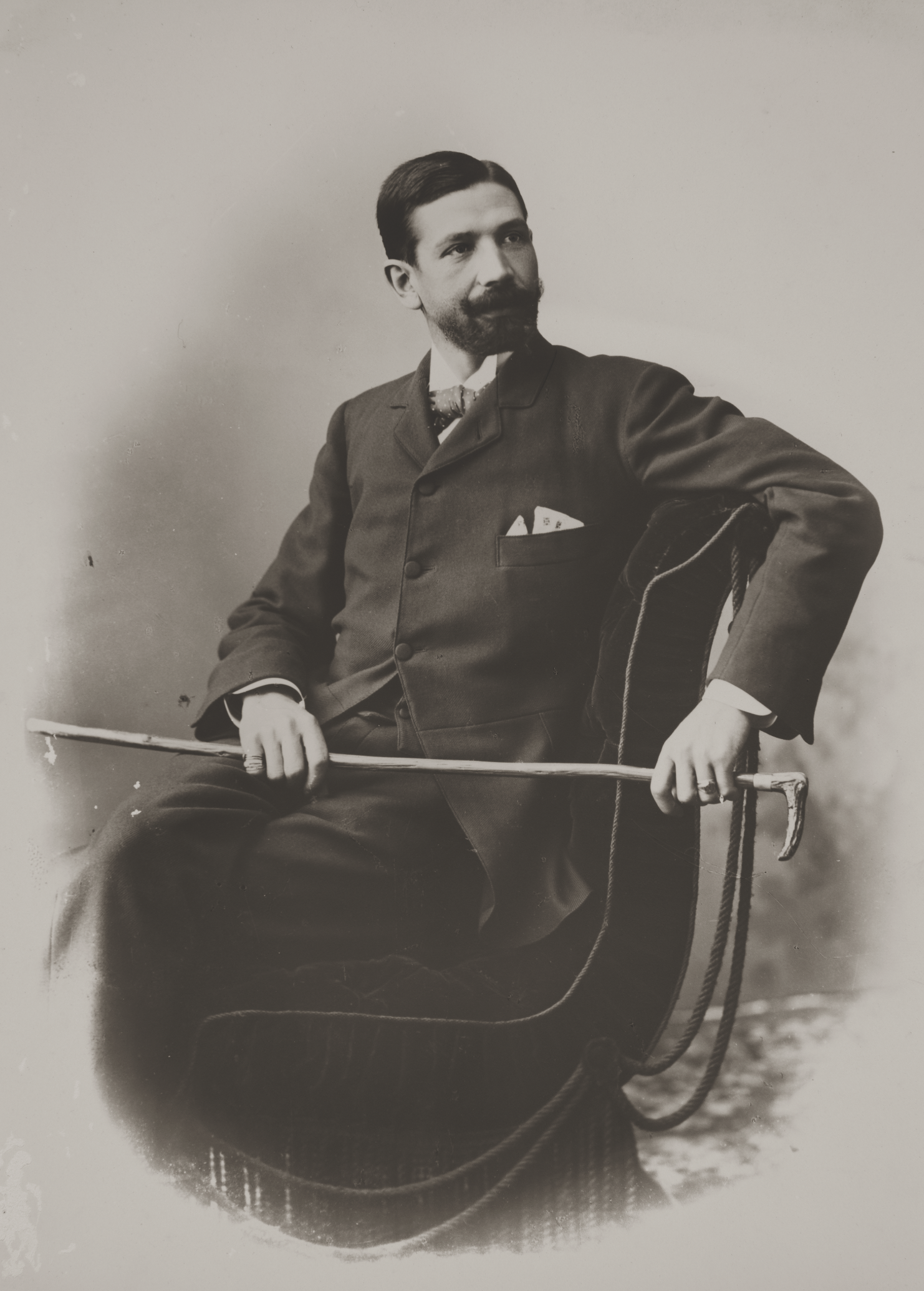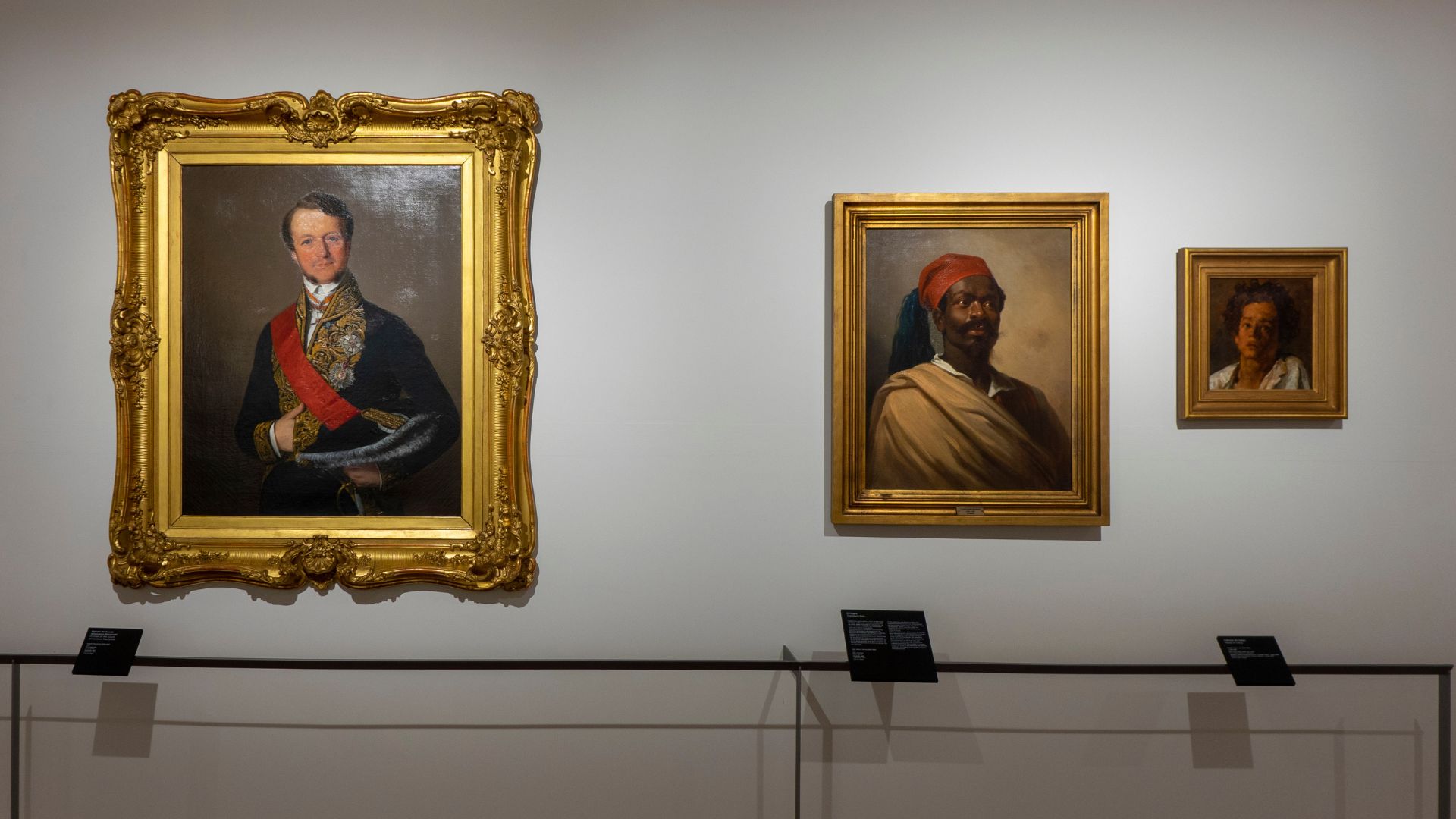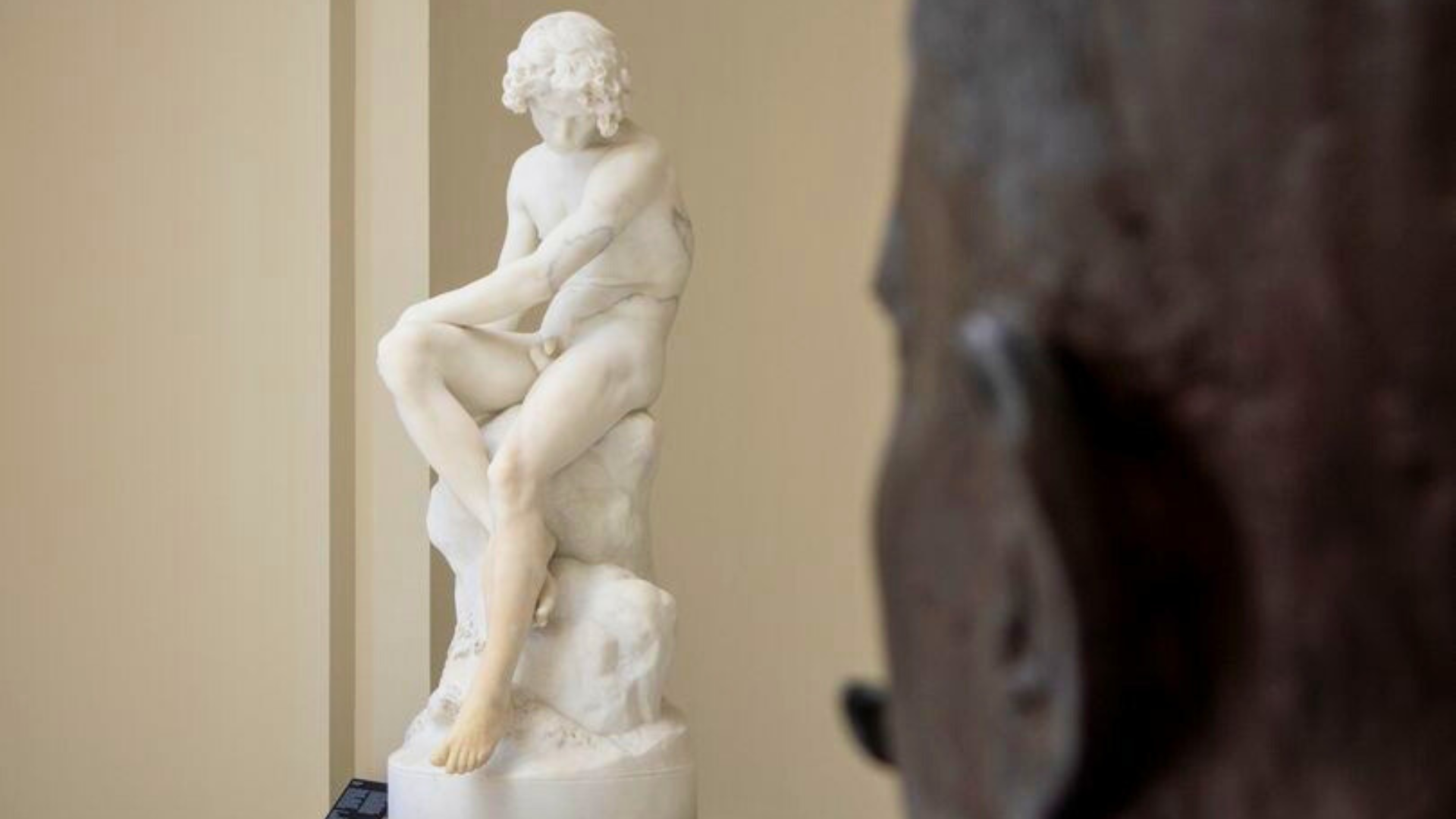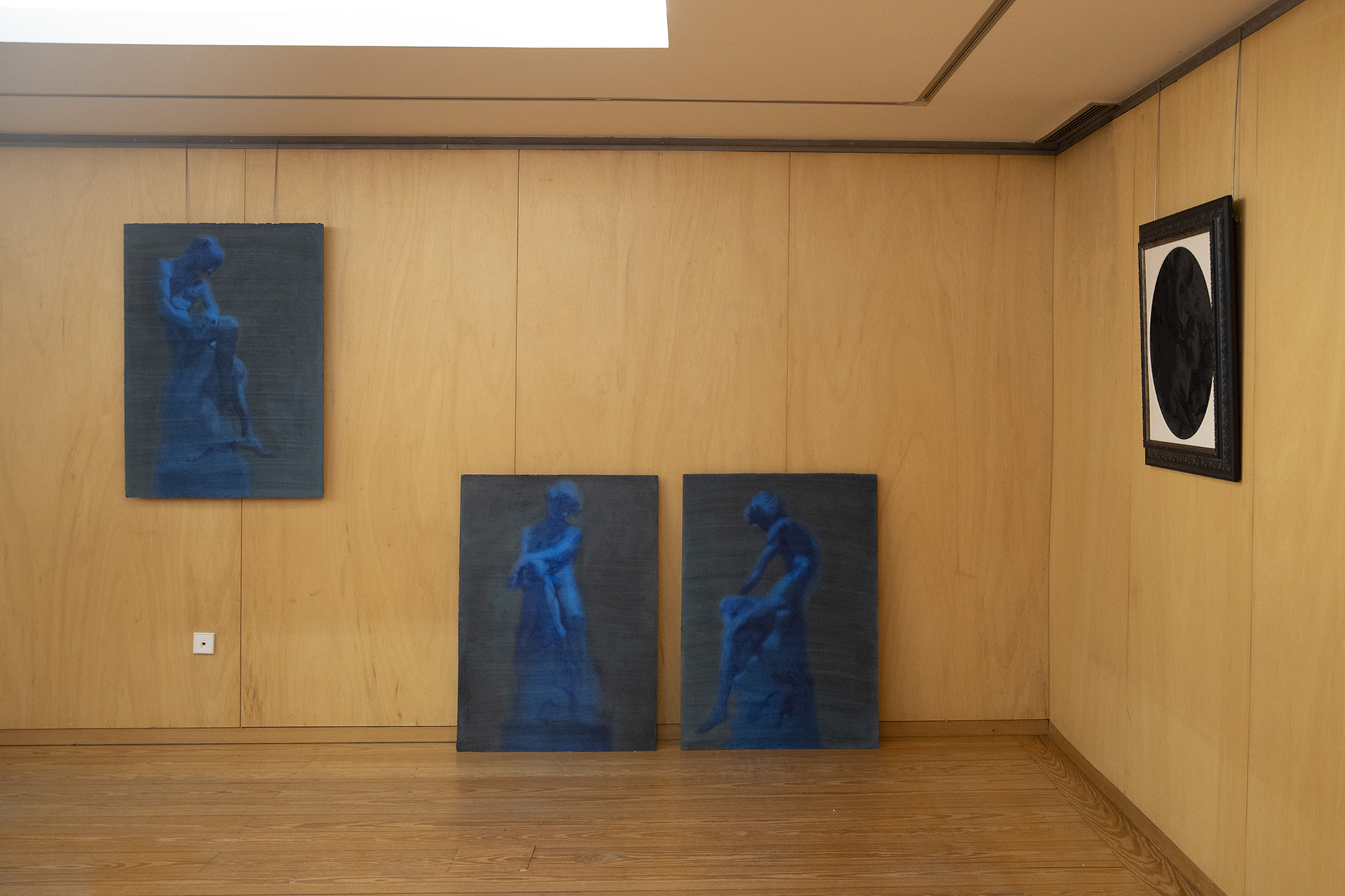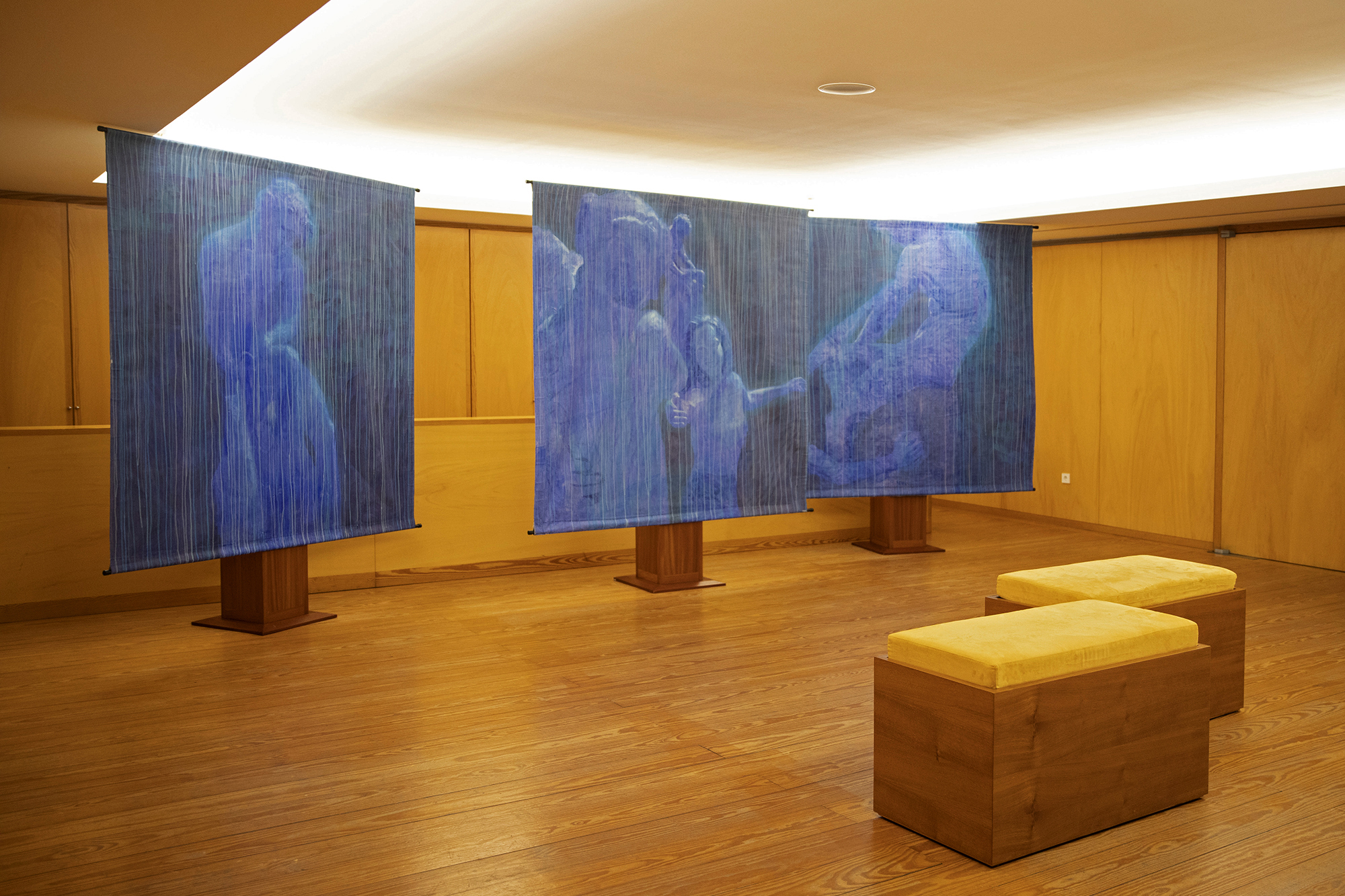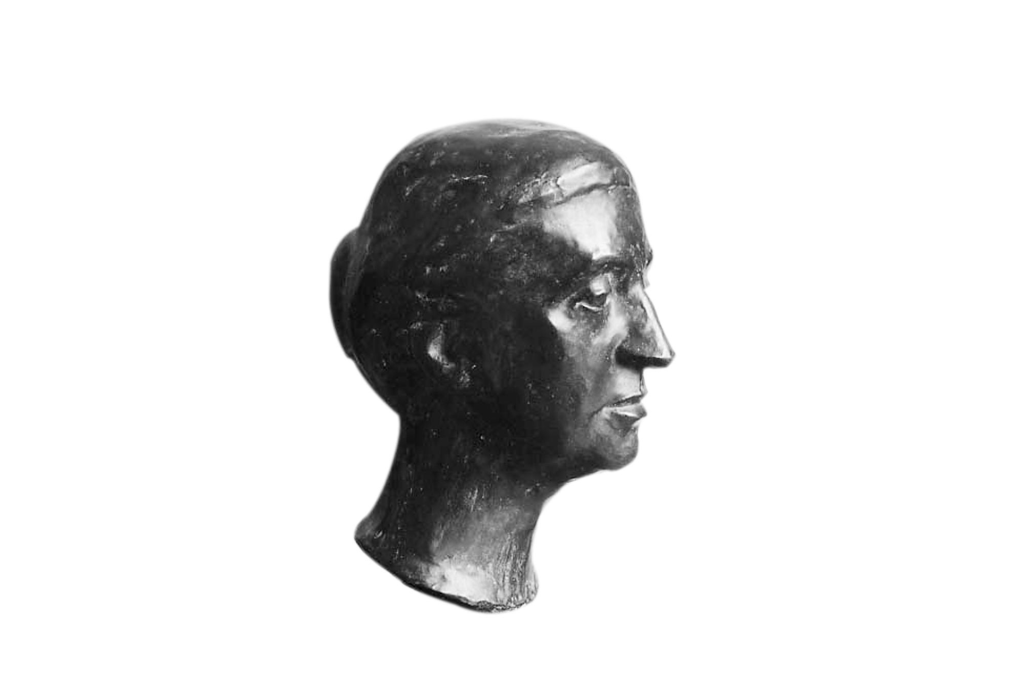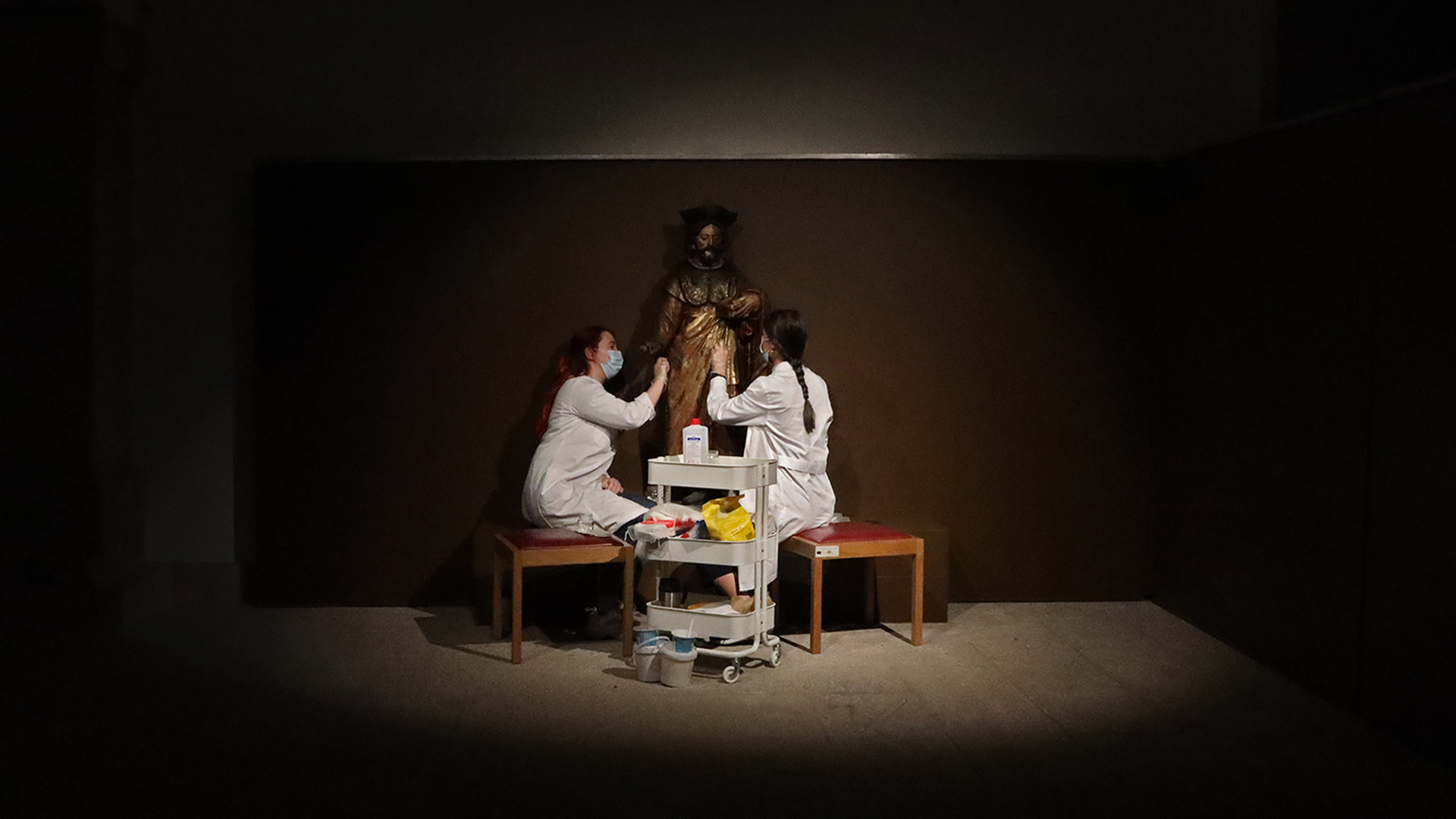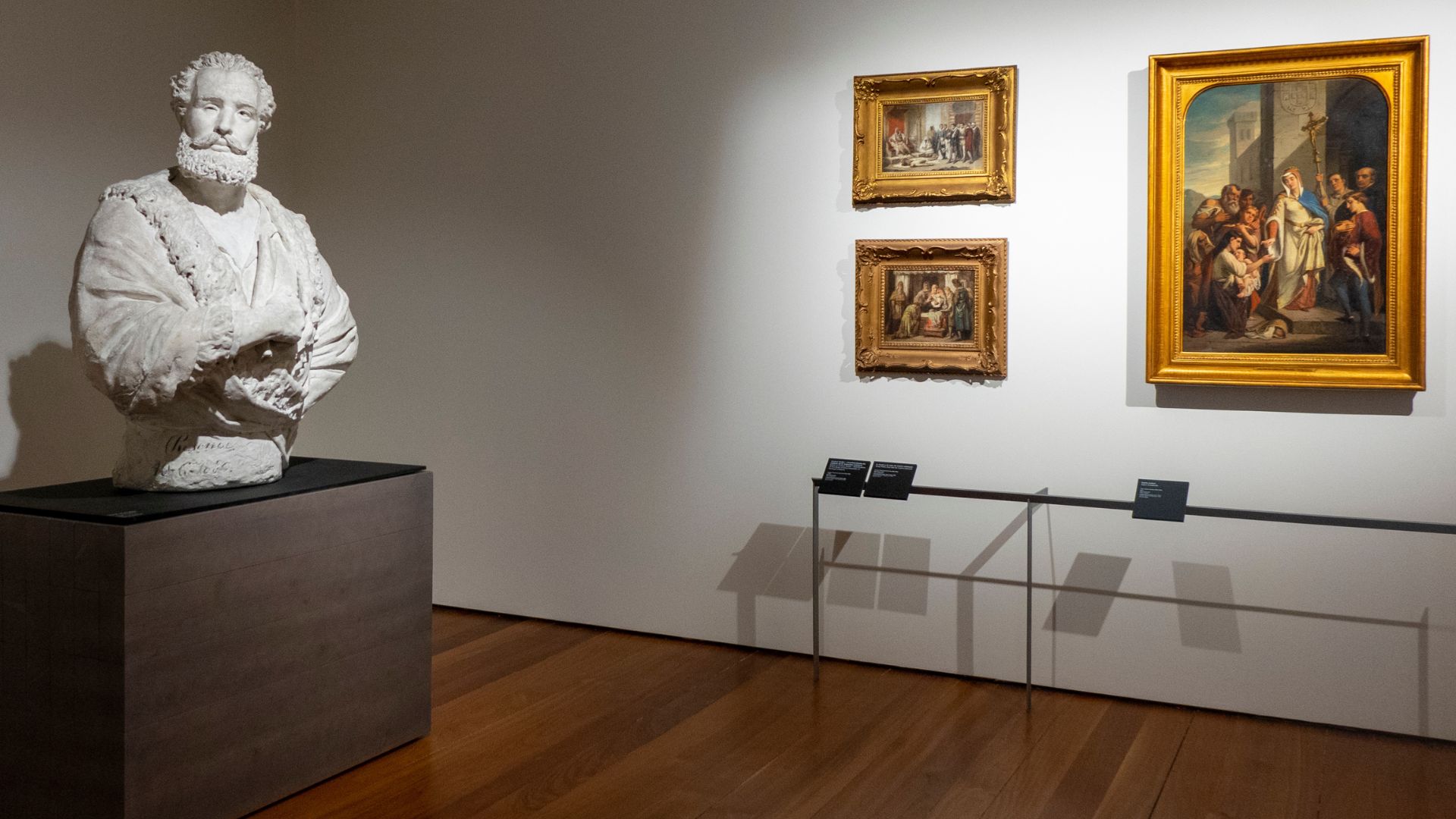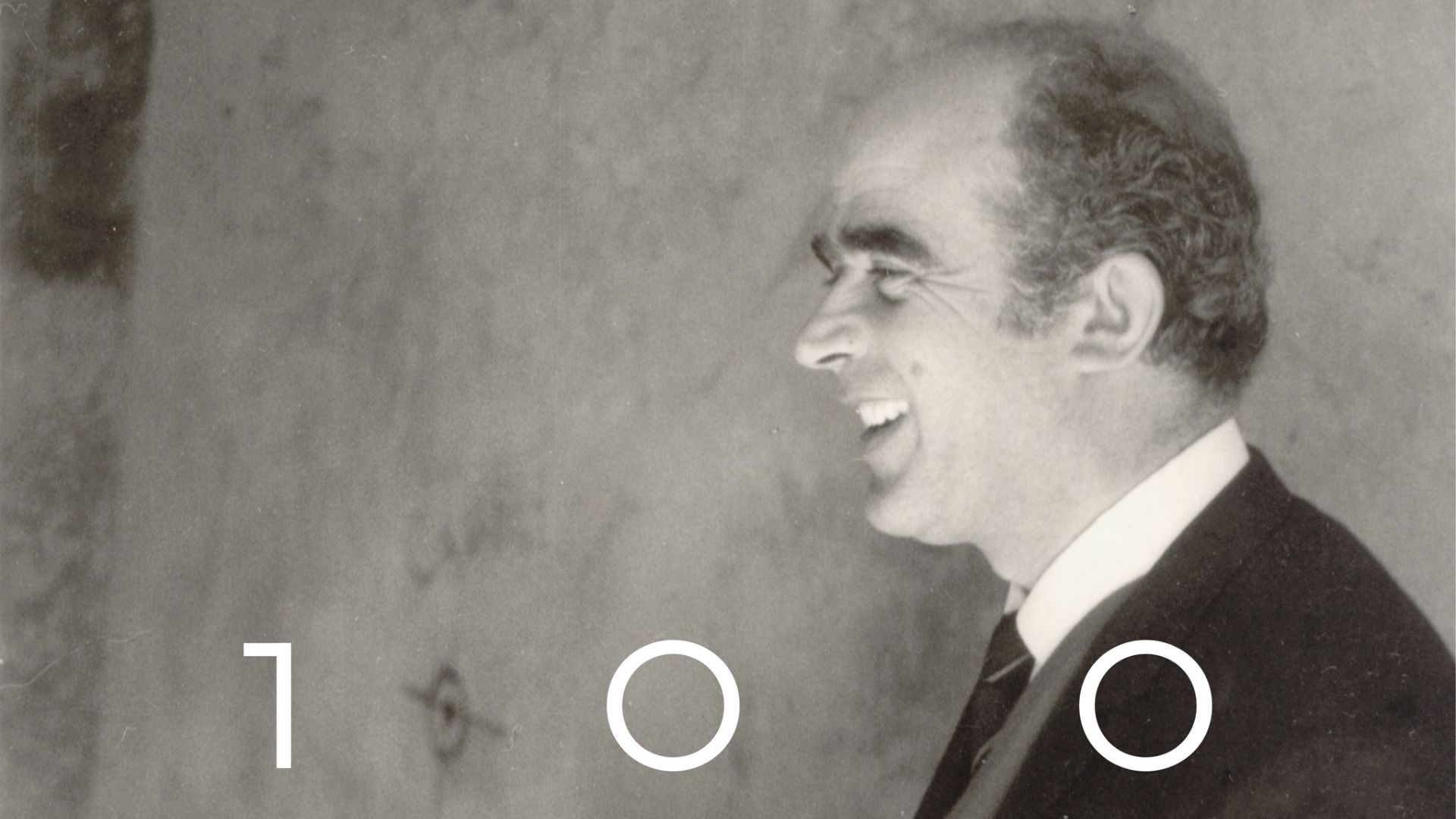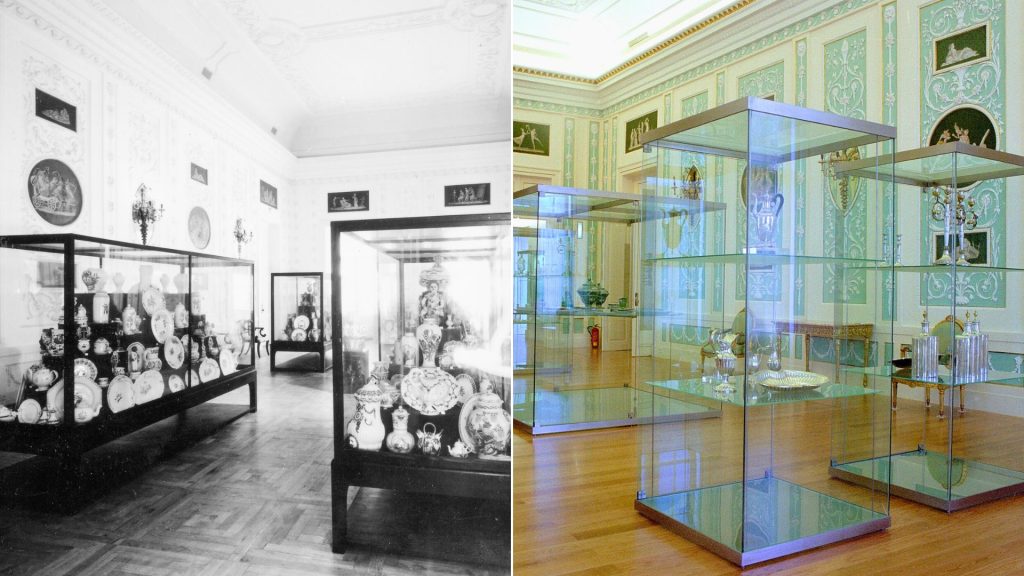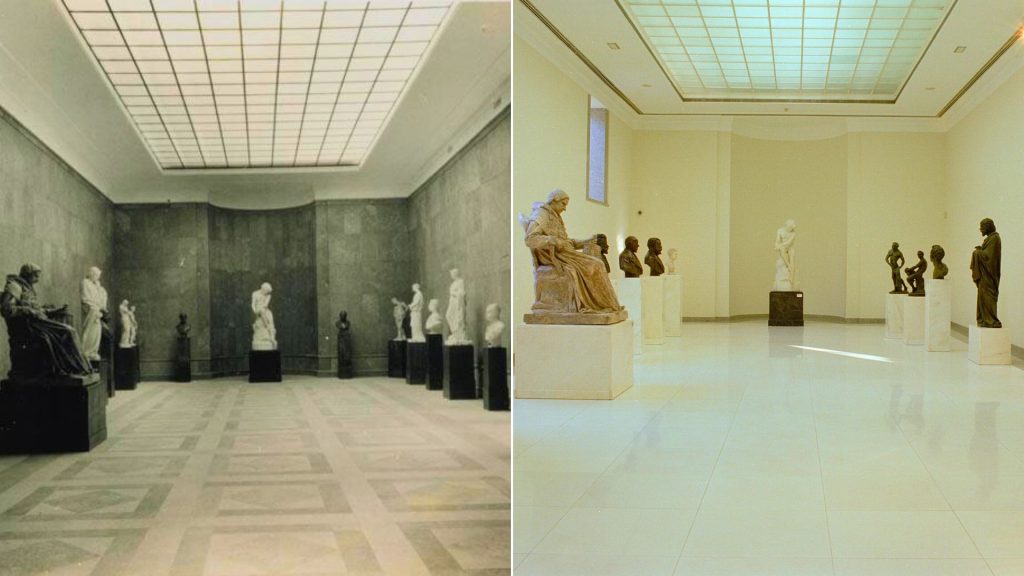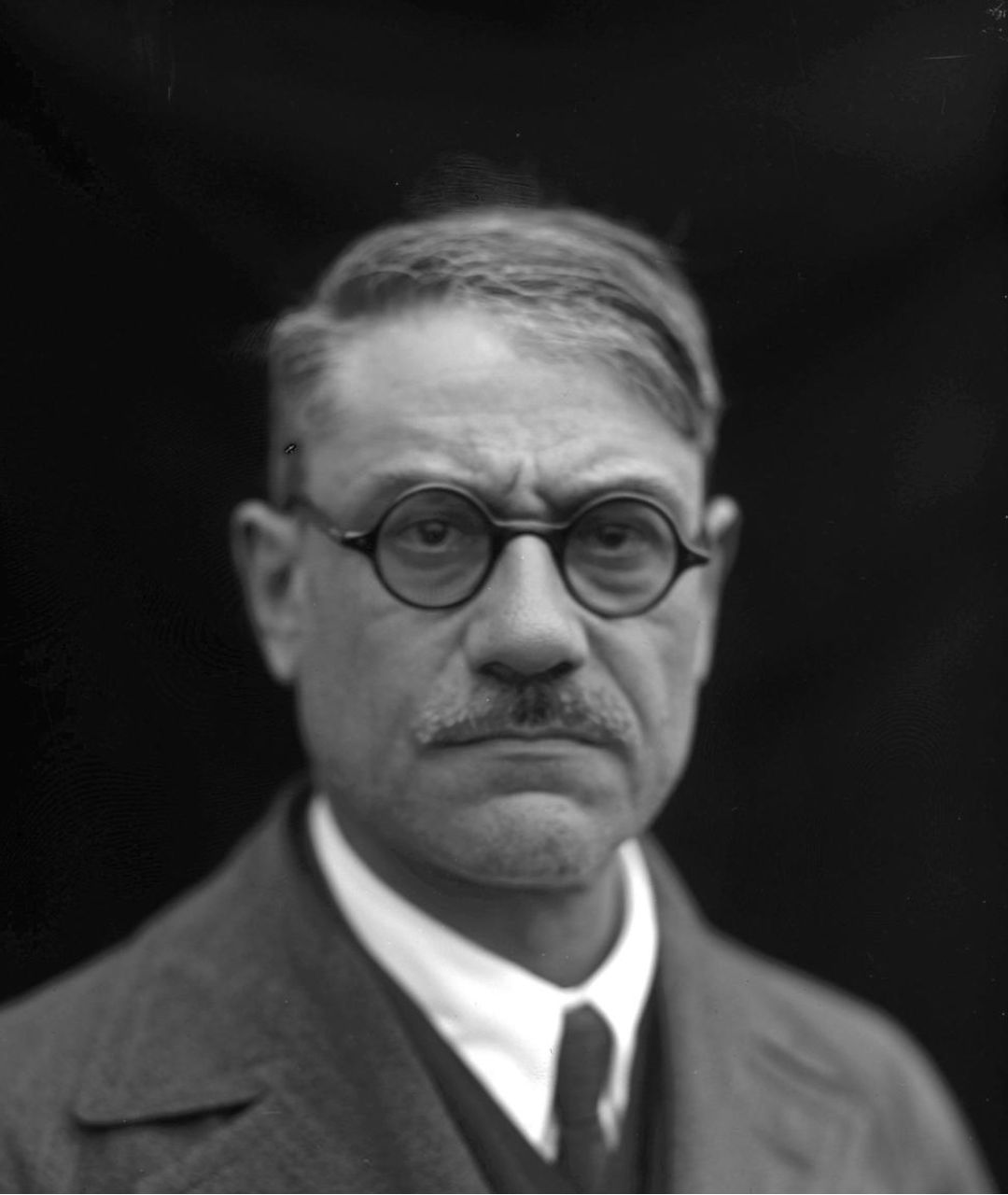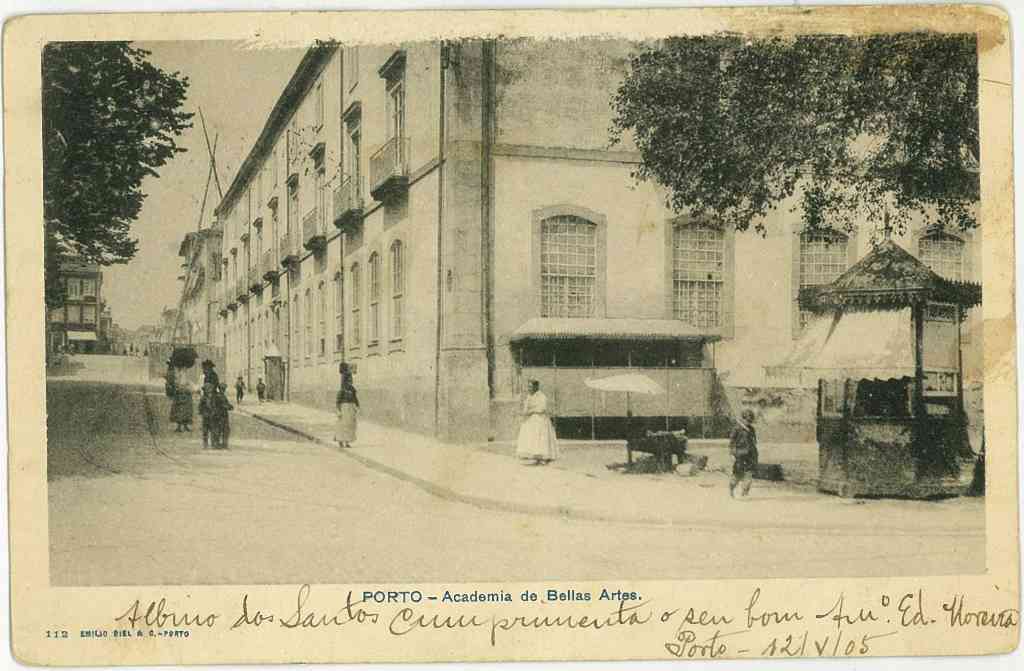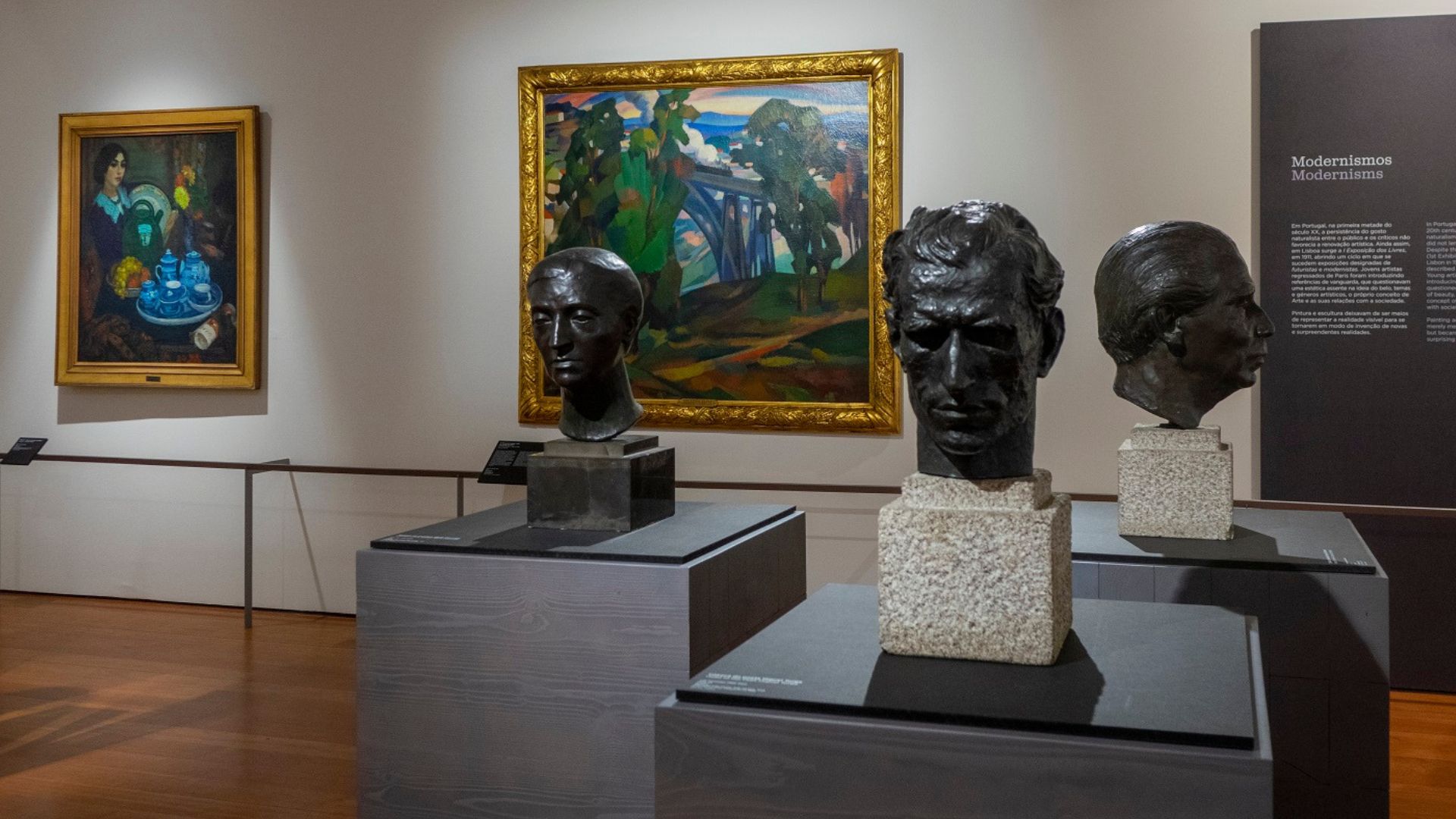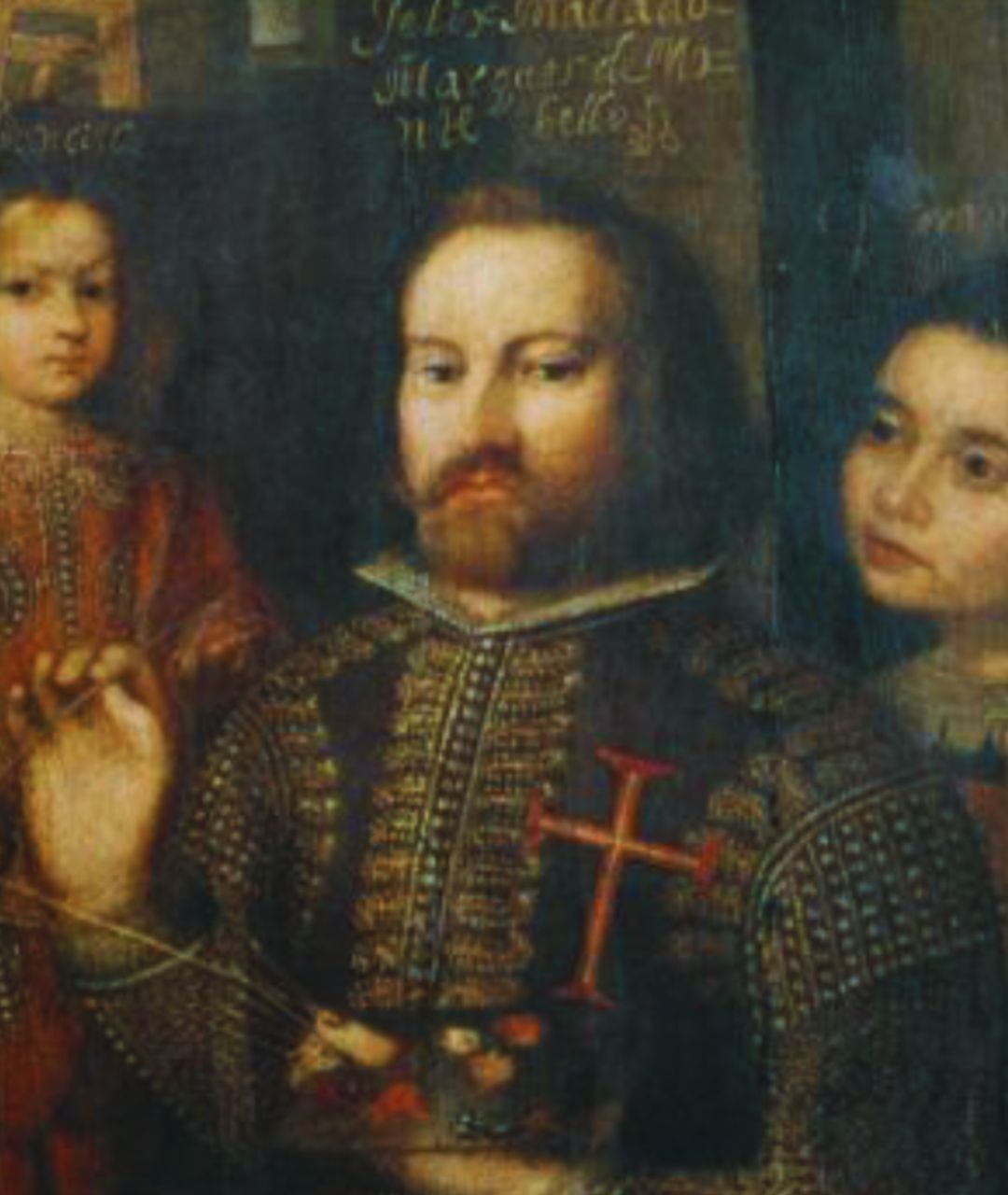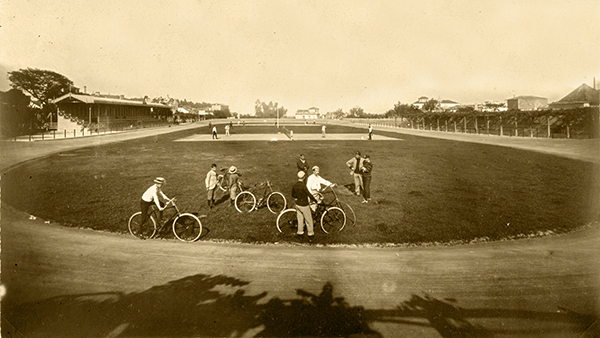Author of the iconic statue of Fernando Pessoa in Lisbon’s Chiado district, Lagoa Henriques died on 21 February 2009 at the age of 85 from a long illness.
António Augusto Lagoa Henriques studied sculpture in Porto and at the National Academy of Fine Arts in Lisbon, where he exhibited for the first time in 1946. In 1950, 1952 and 1953 he won the 2nd and 1st Soares dos Reis Sculpture Prizes respectively.
He became a member of the National Academy of Fine Arts and made his international debut in 1953 at the 2nd São Paulo Biennial.
In 1965, 1967 and 1968 he took part in group exhibitions in Porto, Amarante and Lisbon, Rio de Janeiro, Brussels, Paris, Madrid and Luanda.
Some of his artworks are in private collections in Portugal and abroad and can also be seen in the Soares dos Reis National Museum (Porto), the Chiado Museum, the Calouste Gulbenkian Foundation Museum (both in Lisbon) and the Museum of Modern Art (São Paulo).
Lagoa Henriques is represented in the Soares dos Reis National Museum’s long-term exhibition with Cabeça de Rapariga (Head of a Girl), dated 1953 (pictured). This is a portrait of a girl, cast in bronze and fixed to a cylindrical granite base. Front pose, smooth-skinned face, well-defined contours of the mouth, correct nose and eyes facing the viewer, outlined by thin eyebrows. There appears to be a small beret on his head and his hair, cut at chin height, is styled in two tufts, seen from the front.
A master and motivator of successive generations of artistic creators, Lagoa Henriques is responsible for the sculpture depicting the poet Fernando Pessoa on the terrace of the Café Brasileira in Lisbon’s Chiado district. He was also the author of notable drawings and sculptures, a poet, lecturer and collector of items as diverse as paintings, shells, books and tree trunks.
